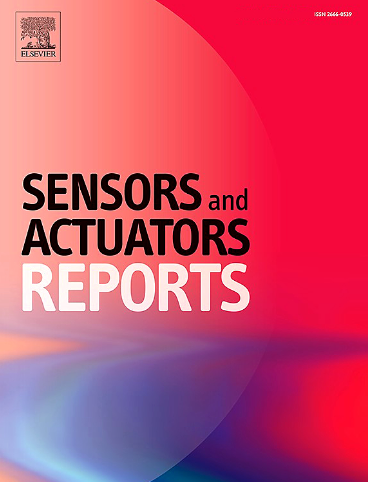Exploring affinity receptors in bioanalysis: from natural binders to biomimetics
IF 7.6
Q1 BIOTECHNOLOGY & APPLIED MICROBIOLOGY
引用次数: 0
Abstract
Affinity receptors have played a pivotal role in advancing bioanalysis, primarily for diagnostic and therapeutic purposes, thanks to their high selectivity toward target molecules, which enables their use in complex biofluids. While antibodies remain the gold standard, ongoing research has explored alternative receptors with improved stability, reduced size, and enhanced performance in bioanalytical and clinical applications. This works traces the evolution of affinity receptors from classical antibodies to emerging biomimetic and synthetic alternatives, including affibodies, nanobodies, aptamers, and molecularly imprinted polymers (MIPs). We highlight their molecular features, advantages, and limitations, emphasizing their use as part of the molecular toolbox for bioanalytical assay development and biosensing. Overall, the continuous diversification of affinity binders reflects the dynamic nature of this field, where the optimal receptor remains context dependent. For this reason, the research into new binders to complement or eventually replace antibodies that, for the moment, remain the choice for high-throughput applications, is still ongoing.

探索生物分析中的亲和受体:从天然结合物到仿生学
亲和受体在推进生物分析方面发挥了关键作用,主要用于诊断和治疗目的,这要归功于它们对目标分子的高选择性,这使得它们能够在复杂的生物流体中使用。虽然抗体仍然是金标准,但正在进行的研究已经探索了在生物分析和临床应用中具有更高稳定性、更小尺寸和更高性能的替代受体。这项工作追溯亲和受体的进化,从经典抗体到新兴的仿生和合成替代品,包括粘附体、纳米体、适体和分子印迹聚合物(MIPs)。我们强调了它们的分子特征、优势和局限性,强调了它们作为生物分析测定开发和生物传感分子工具箱的一部分的用途。总的来说,亲和结合物的不断多样化反映了这一领域的动态性质,其中最佳受体仍然依赖于上下文。由于这个原因,研究新的结合物来补充或最终取代抗体,目前,抗体仍然是高通量应用的选择,仍在进行中。
本文章由计算机程序翻译,如有差异,请以英文原文为准。
求助全文
约1分钟内获得全文
求助全文
来源期刊

Sensors and Actuators Reports
Multiple-
CiteScore
9.60
自引率
0.00%
发文量
60
审稿时长
49 days
期刊介绍:
Sensors and Actuators Reports is a peer-reviewed open access journal launched out from the Sensors and Actuators journal family. Sensors and Actuators Reports is dedicated to publishing new and original works in the field of all type of sensors and actuators, including bio-, chemical-, physical-, and nano- sensors and actuators, which demonstrates significant progress beyond the current state of the art. The journal regularly publishes original research papers, reviews, and short communications.
For research papers and short communications, the journal aims to publish the new and original work supported by experimental results and as such purely theoretical works are not accepted.
 求助内容:
求助内容: 应助结果提醒方式:
应助结果提醒方式:


